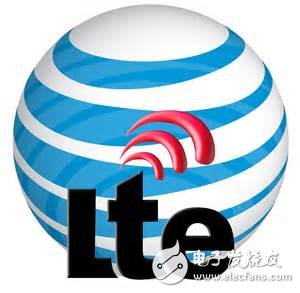Responding to the data torrent caused by the rise of mobile devices is the original intention of the birth of small base stations, but also as a supplement to macro base station data distribution and coverage vulnerabilities. Telecom operators classify small base stations into four levels, including metro cells, pico cells, micro cells, and femtocells. Looking at it now, only femtocell has been adopted to some extent, and it is mainly used in homes where cellular network signals have a dead end, that is, home applications. For other small base station applications, the industry is still hesitant or wait-and-see. However, TI believes that this situation will improve with the advent of the LTE era. "TI believes that small cell base stations are only really beginning in the LTE era. On the one hand, LTE brings higher traffic; on the other hand, LTE needs better coverage. Both are driving the demand for small base stations. This is in the United States, South Korea, Japan and other regions already have a good verification. "Brian Glinsman, vice president of Texas Instruments processor business explained, and he predicted that from the perspective of revenue, the application of small base stations will begin gradually in Q4 this year. There are more applications, and by 2015, the small cell market will take off. Although small base stations can solve data distribution and coverage problems, they also bring about management complexity and ROI issues. In addition, Glinsman introduced that the deployment of small base stations will also face many problems: the need to solve the problem of backhaul (fiber or wireless) To overcome the interference problems; base station power supply problems; installation problems; some places still have government control problems and operators will worry about whether the software and hardware can realize the smooth upgrade and expansion of 3G to LTE. "These problems faced by small cell deployments are all problems for operators, but operators do not want to bear these problems alone, and hope that OEM systems and chip manufacturers can help solve them." Glinsman explained: "The first is power consumption. Operators hope to be Through Ethernet or PoE transmission, the power consumption of the installation box must be below 25W. The second is to support dual-mode / multi-mode, and it must support both existing and next-generation networks. Third, scalability, operators want system manufacturers The solution can be extended from indoor to outdoor scene applications, meaning that one platform can support different application scenarios and save additional investment. " GALOCE has a comprehensive line of tension and compression weigh modules that provide excellent Load Cell protection and allow for optimum load cell performance. weight modules are supported by online assembly guides and drawings for easy installation. compression weigh modules generally consist of metal mounting weigh modules that are specifically adapted to the weighing needs of particular load cells. These can be installed easily to optimize the performance of your weighing system. Weigh Modules,Weighing Modules,Precision Weigh Modules,Load Cell Weight Sensor GALOCE (XI'AN) M&C TECHNOLOGY CO., LTD. , https://www.galoce-meas.com